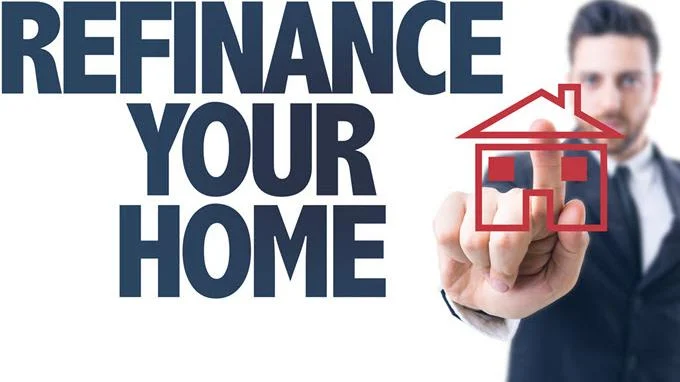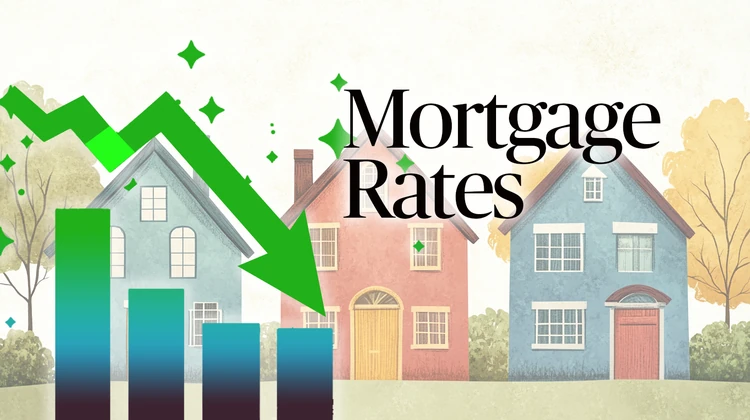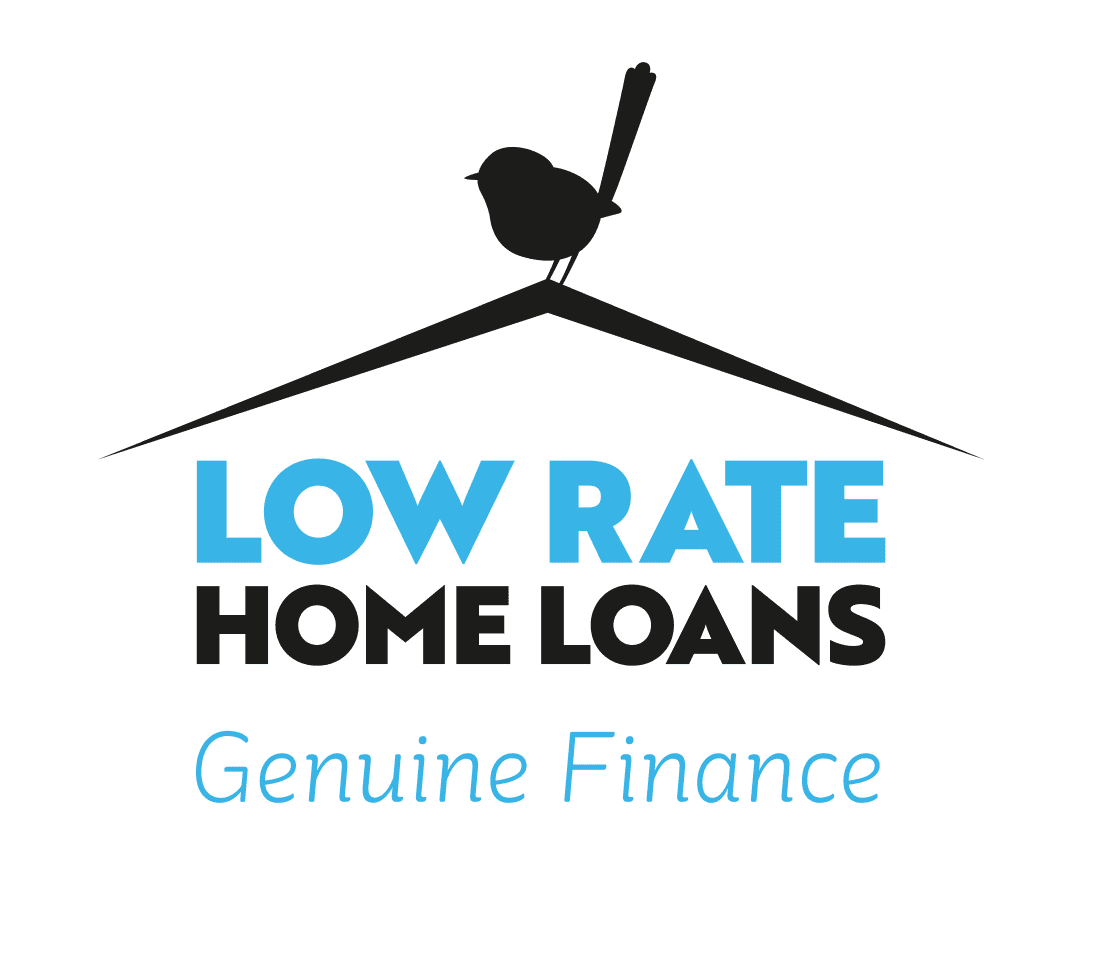What Is Home Loan Refinancing?

Home loan refinancing means replacing your existing mortgage with a new one, usually to get a better interest rate or lower monthly payments. Homeowners often refinance to save money, shorten loan terms, or switch from an adjustable to a fixed-rate mortgage for more stability.
Refinancing can also be used to tap into home equity for cash. This is called cash-out refinancing. It’s useful for home improvement, debt consolidation, or large expenses. However, you must qualify with good credit, income, and home equity to secure favorable refinancing terms and rates.
Why Refinance Your Mortgage?
Refinancing can lead to big savings over the life of your loan. For example, dropping your interest rate by even 1% could save you thousands of dollars. Lower monthly payments mean more money in your pocket for other priorities like savings or investments.
It’s also common to refinance to shorten your mortgage term—going from a 30-year loan to 15 years. This increases monthly payments slightly but reduces long-term interest. Refinancing helps you take control of your financial goals and pay off your home faster with better terms.
How Refinance Rates Are Determined
Refinance rates depend on various factors like your credit score, loan-to-value ratio (LTV), income, and current market rates. Lenders prefer borrowers with high credit scores and stable income. A higher score can get you a lower rate and better loan options.
The Federal Reserve’s monetary policy also impacts refinance rates. When the Fed raises or lowers interest rates, mortgage lenders adjust their rates accordingly. That’s why staying updated with market trends and applying at the right time is important when considering refinancing.
Best Time to Refinance Your Home Loan
The best time to refinance is when market rates drop below your current mortgage rate. If you can lower your rate by at least 0.75% to 1%, refinancing may be worth it. It’s also ideal when your home’s value has increased, giving you more equity to work with.
Another good time is when your credit score has improved since you first got the loan. A better score unlocks lower interest rates and improved loan terms. Also, if you plan to stay in your home long enough to recover closing costs, refinancing can be a wise move.
Types of Refinance Options Available
Rate-and-term refinance is the most common. It changes your loan term or interest rate but doesn’t affect your loan amount. This is perfect for lowering monthly payments or moving from an adjustable to a fixed-rate mortgage for more predictability.
Cash-out refinance allows you to borrow more than your current loan balance and take the difference as cash. It’s best for major expenses like remodeling or paying off high-interest debt. However, it increases your loan amount and may affect your financial risk if not managed properly.
How to Get the Best Refinance Rates
Start by improving your credit score. Pay off debts, avoid new credit inquiries, and make all payments on time. A score of 700 or higher usually qualifies for the lowest rates. Also, maintain a low debt-to-income (DTI) ratio to show lenders you can handle monthly payments.
Shop around and compare rates from different lenders. Online tools make this easy and save you money in the long run. Also, consider using mortgage brokers to access multiple offers. Don’t forget to ask about lender fees, closing costs, and any hidden charges before signing.
Costs and Risks of Refinancing
Refinancing isn’t free. You’ll typically pay 2% to 5% of the loan amount in closing costs. This includes appraisal fees, title insurance, application fees, and more. Be sure to calculate your break-even point—how long it will take to recover those costs through savings.
There are also risks. If home values drop, you might owe more than your home is worth. Cash-out refinancing increases your debt, which can hurt your finances if not managed wisely. Always review the terms carefully and assess whether the benefits truly outweigh the costs.

Is Refinancing Right for You?
Refinancing makes sense if you plan to stay in your home for several years and can secure a lower rate. It’s also a good choice if you want to pay off your mortgage faster, remove private mortgage insurance (PMI), or switch to a more stable loan structure.
However, if you’re close to paying off your loan or plan to move soon, refinancing may not save you enough. Analyze your current loan, future goals, and total costs involved. A mortgage refinance should support your long-term financial plans, not complicate them.
Final Thoughts on Refinance Home Loan Rates
Refinancing is a smart strategy when done for the right reasons and at the right time. It can lower your rate, reduce your loan term, or help you tap into equity. But every refinance comes with costs, so always run the numbers first.
Understanding refinance home loan rates gives you the power to make informed decisions. Research lenders, monitor the market, and prepare your credit to secure the best possible deal. With the right steps, refinancing can save you money and improve your financial future.
